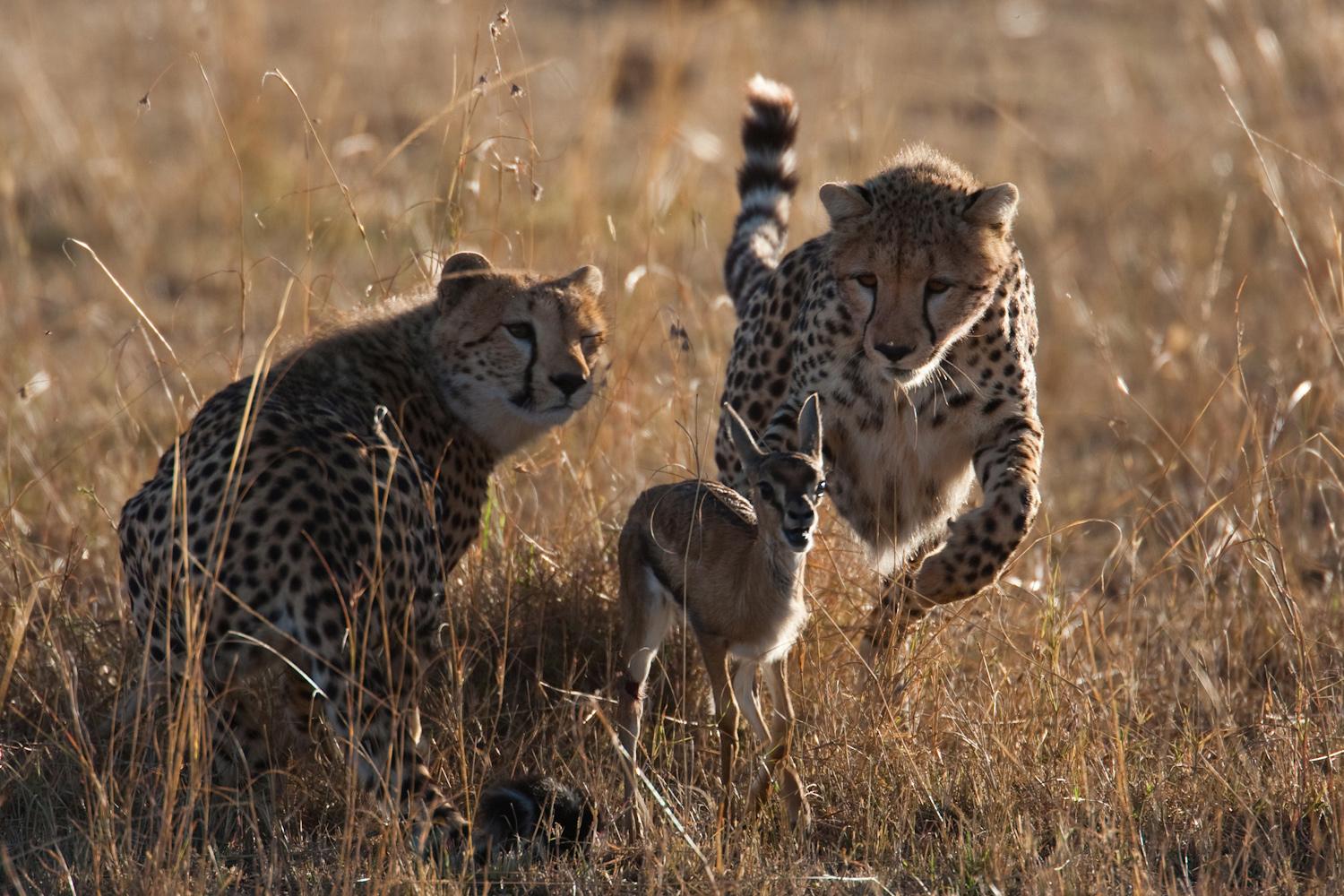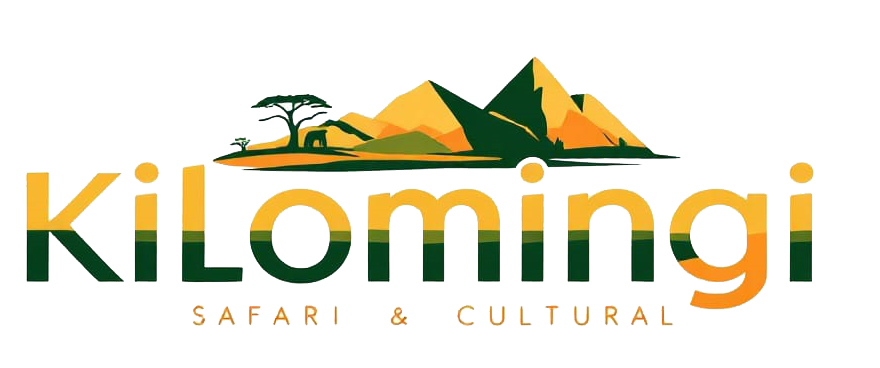Tanzania's Greatest Wildlife Sanctuary
A million wildebeest thunder across the Serengeti each year, driven by the same ancient rhythm in the inescapable cycle of life. The Great Migration is a frenzied three-week sceptical of territorial battles, mating, and the daring river crossings through a 40 km (25 mile) long plunge in crocodile-filled waters. Following this, more than 8,000 calves are born daily, replenishing the heard before their 1,000 km (600 mile) pilgrimage begins again.

The Serengeti National Park, Tanzania’s oldest and most celebrated park, is a UNESCO World Heritage Site and one of the Natural Wonders of the World. Here, over 200,000 zebras and 300,000 Thomson’s gazelles join the wildebeests on their trek in search of fresh grazing, creating an unmatched wildlife spectacle.
Yet even when the migration quiets, the Serengeti offers some of the best game viewing in Africa. Witness vast herds of buffalo, elephants, giraffes, and countless species of antelope including eland, topi, kongoni, impala and Grant’s gazelle.
Predator and Prey in the Serengeti
The park is a stage for nature’s most dramatic encounters: golden-maned lions hunting on the open plains, solitary leopards resting in acacia trees along the Seronera River, and cheetahs patrolling the south-eastern grasslands. All three African jackal species roam here, alongside hyenas, serval cats, and the elusive insect-eating aardwolf.
More Than Just Big Game
The Serengeti is alive with smaller wonders: colourful agama lizards, rock hyraxes on granite koppies, over 100 species of dung beetles, and 500+ bird species. Ranging from the towering ostrich to the elegant black eagles that soar effortlessly over the Lobo Hills.
The Landscape
The vast golden Serengeti Plains stretch to horizon, transforming after the rains into a lush green carpet dotted with wildflower. Uncover and explore the wooded hills, rivers surrounded by fig trees, gravity defying termite mounds, and acacia woodland glowing in the dust-filled light. Despite its fame, the Serengeti’s sheer size means you may often be the only human visible for miles, witnessing unforgettable and unique wildlife encounters.
Key Facts – Serengeti National Park
Size: 14,763 sq km (5,700 sq miles)
Location: 335km (208 miles) from Arusha, stretching north to Kenya and bordering Lake Victoria to the west
Getting There
Flights: Scheduled and charter flights from Arusha, Lake Manyara, and Mwanza
By Road: From Arusha, Lake Manyara, Tarangire, or Ngorongoro Crater
Things to Do in the Serengeti
- Hot air balloon safaris
- Walking safari and guided game drives
- Picnics, bush lunches and dinners
- Visit Maasai rock paintings and “musical rocks”
- Combine with trip to Ngorongoro Crater, Olduvai Gorge, Ol Doinyo Lengai volcano, or Lake Natron’s flamingos
Best Time to Visit
Wildebeest Migration: December – July
Predator Action: June – October
